


|
|
|
|||||||||||||||
|
|
||||||||||||||||
|
|
|||||||
|
|
Atlanta Atlanta History Centre 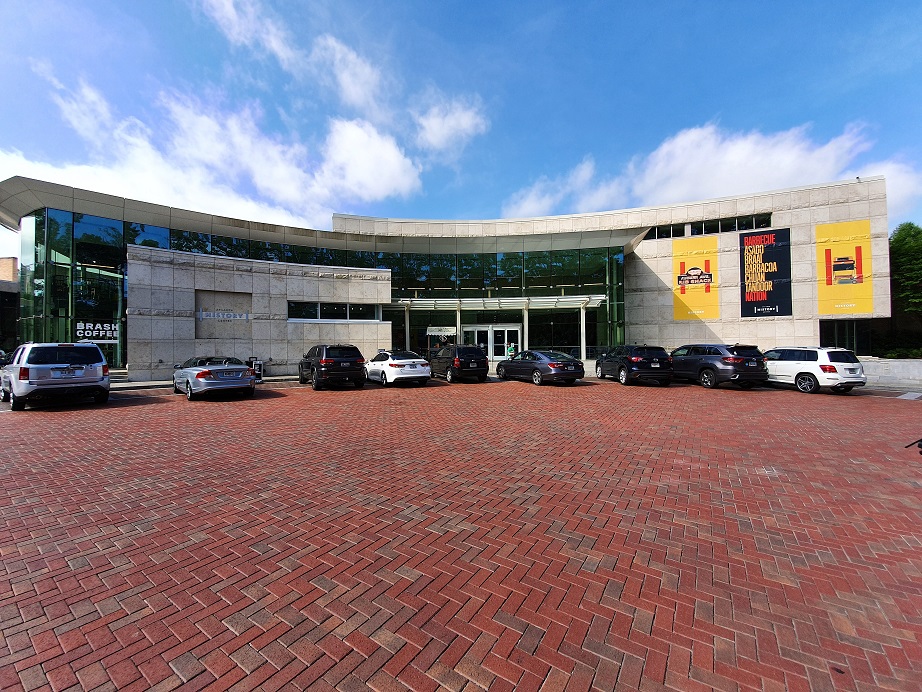
Located on a 33-acre site, it consists of a purpose-built building containing a number of exhibitions, dedicated to aspects of history of the area. It also includes the Cyclorama (See separate article) which tells the story of the Battle of Atlanta during the Civil War, featuring a restored cyclorama painting. All accessible from the spacious foyer. 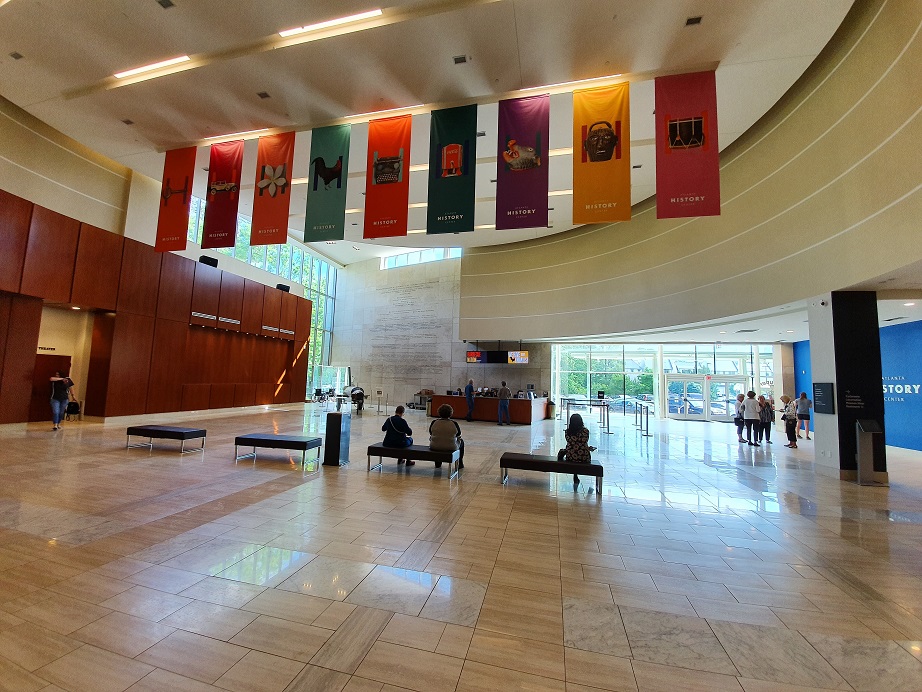 The centrepiece of the standing exhibitions is “Locomotion: Railroads and the Making of Atlanta.” This contains the locomotive named The Texas. 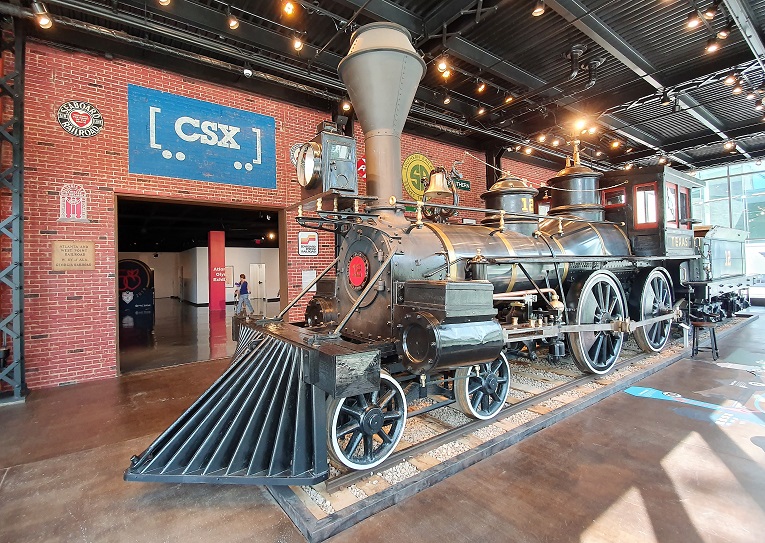  This restored engine was built in 1856, although it was upgraded throughout its 51 years of service on the Western & Atlantic Railroad. The Texas is famous as being the locomotive that was used to chase a second locomotive, The General, in the Great Locomotive Chase, when The General was stolen during the Civil War by Union Army spies. (See Kennesaw Museum page). Also on display is the Zero Mile Post that marked the railroad’s southern terminus and Atlanta’s city centre when it was the terminating point of the Western & Atlantic Railroad in 1837. Another exhibit is “Any Great Change”, with the history of how women gained the vote in America. “Stores of Atlanta” exhibits artifacts related to shops and every day living. 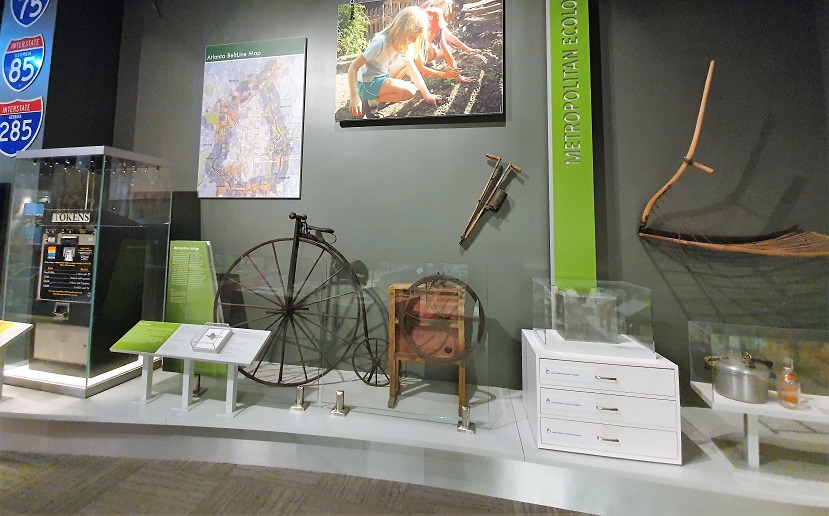 Also on display are restaurants and a barber’s shop, showing authentic interiors with the décor and furnishings of earlier days. 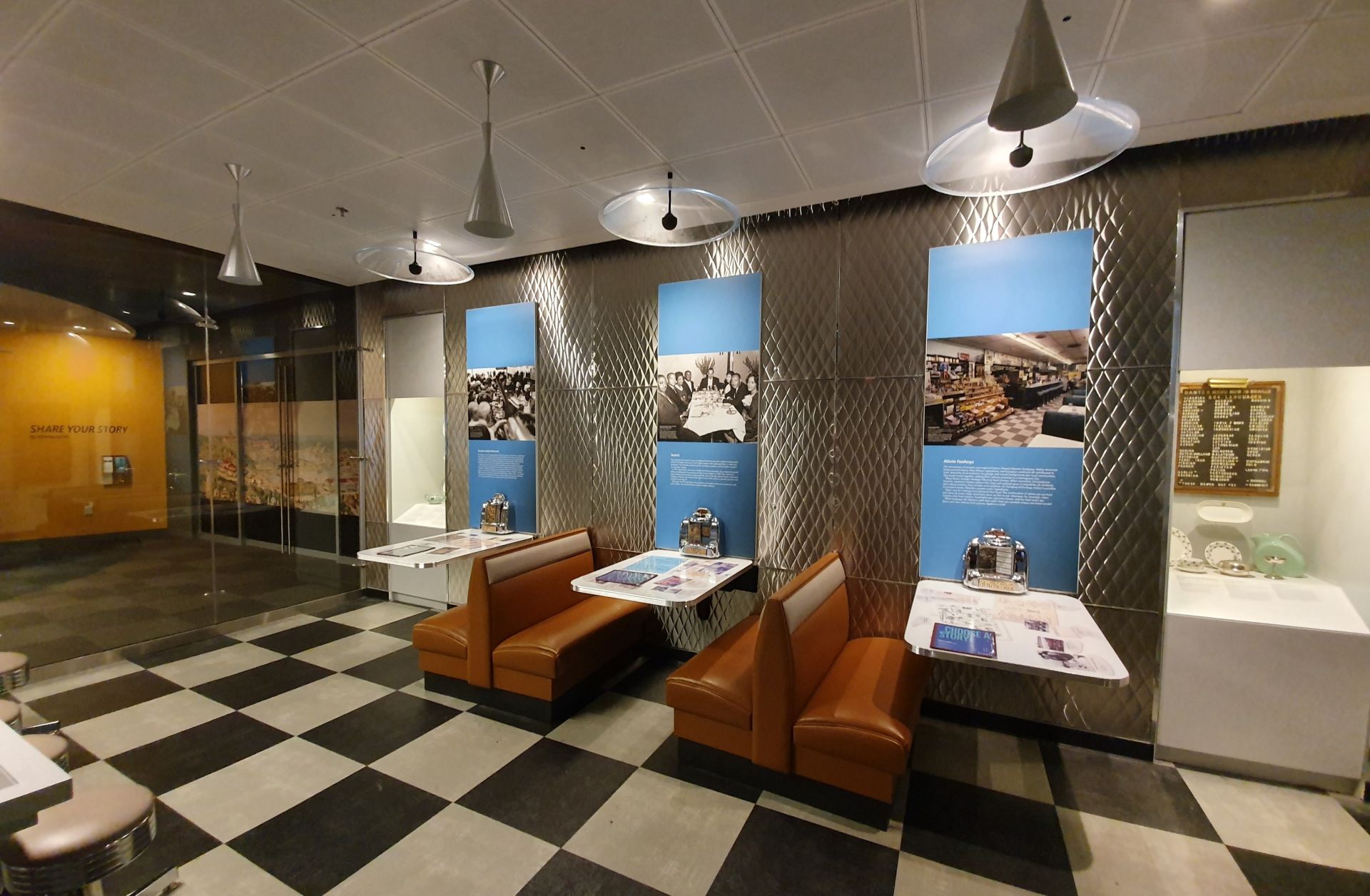 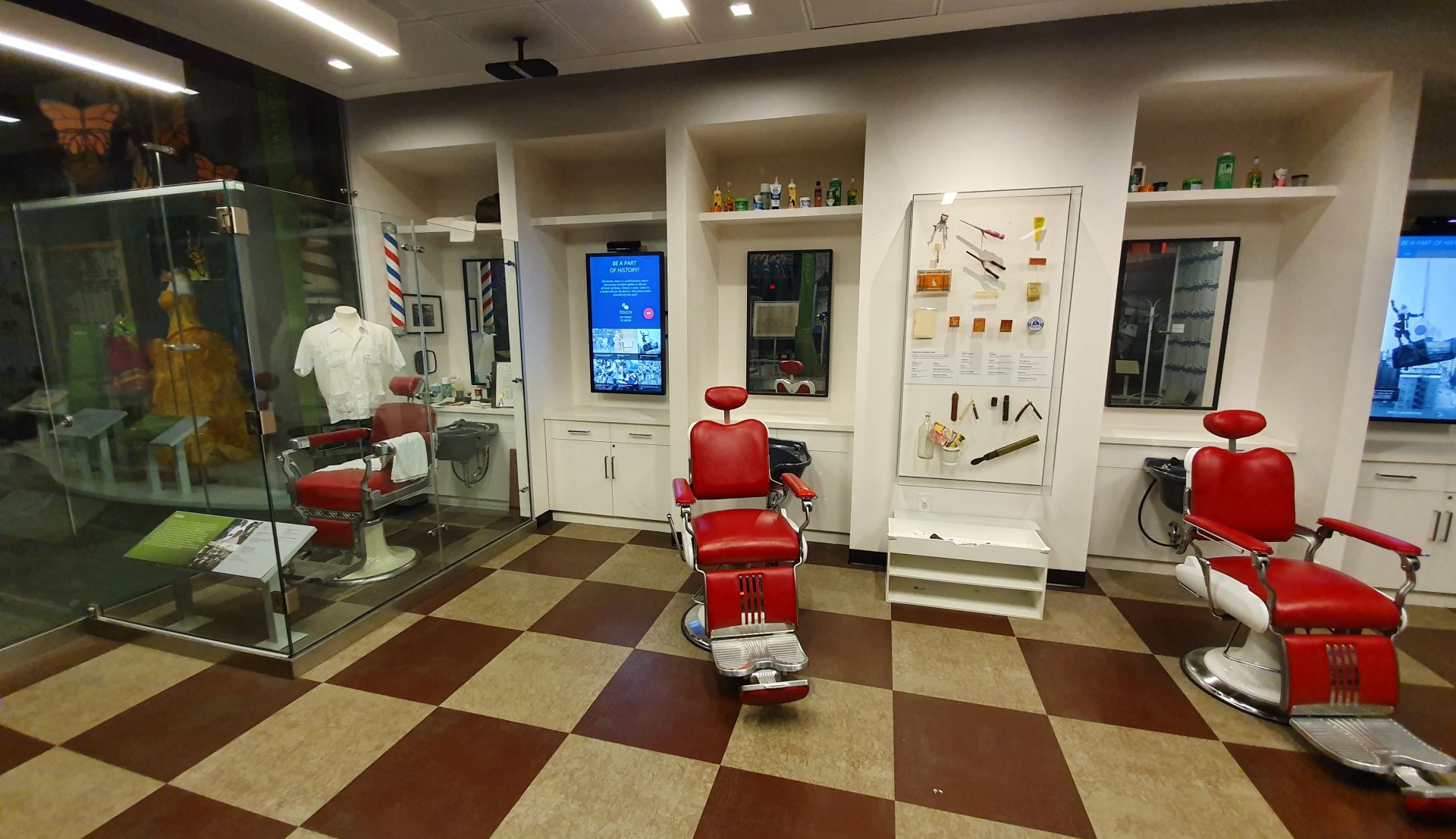 A large section of the Centre is dedicated to the American Civil War, 1861 – 1865, and contains many photographs and artefacts related to this period of American history. Atlanta was a critical city in the South. It was a transportation hub and industrial centre, and contained warehouses for food and military supplies. The Battle of Atlanta and the city’s ultimate surrender to General William T. Sherman had a significant influence on the outcome of the war. This exhibition is one of the nation’s largest related to this period and tells the story of the course of the war and the life of the soldiers. There are displays of arms and military artefacts as well as other interesting exhibits, such as the details of medical treatment that was available at that time. There are also exhibits relating to the time prior to the coming of the Europeans, with a look at the area’s original inhabitants, the Native American tribes of the Creeks and Cherokees. In particular, this exhibit tells the tragic story of their displacement from their lands in north Georgia in the 1830’s. When gold was discovered near Dahlonega, Georgia in 1829 (See The Dahlonega Gold Museum article), the United States government enacted a law that forced these Natives Americans to move to the Indian Territory in Oklahoma. This entailed a march on foot of 1,200 miles, resulting in more than 5,000 deaths along way, in what became known as The Trail of Tears. The Centre’s 33 acres also includes several historic houses, including the Swan House mansion, which was constructed in 1928 for Edward and Emily Inman (See separate article). Visitors are likely to encounter actors taking on the parts of the Inman’s and their servants. Also displayed is part of a collection of classic cars that were owned by the Inman’s. Visitors can see the habitats of the less privileged, including a small working farm such as the Smith Farm House. 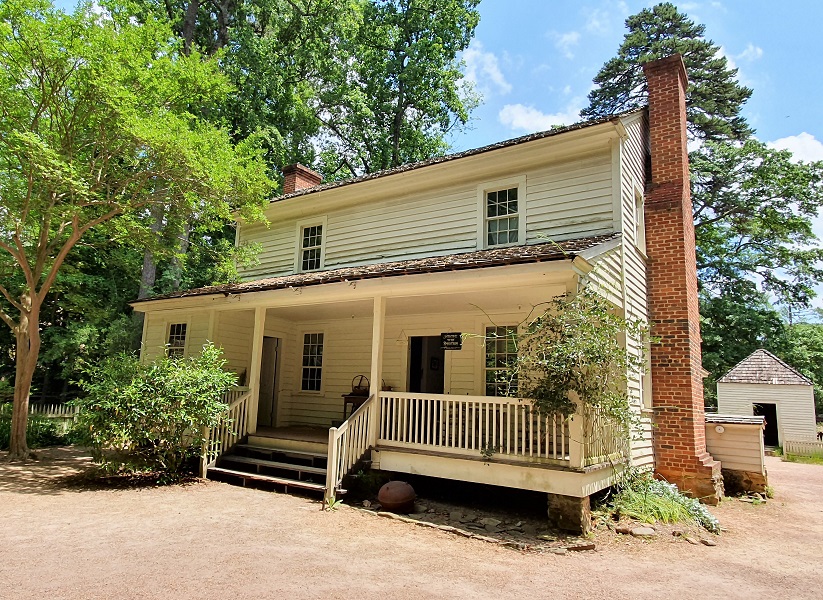 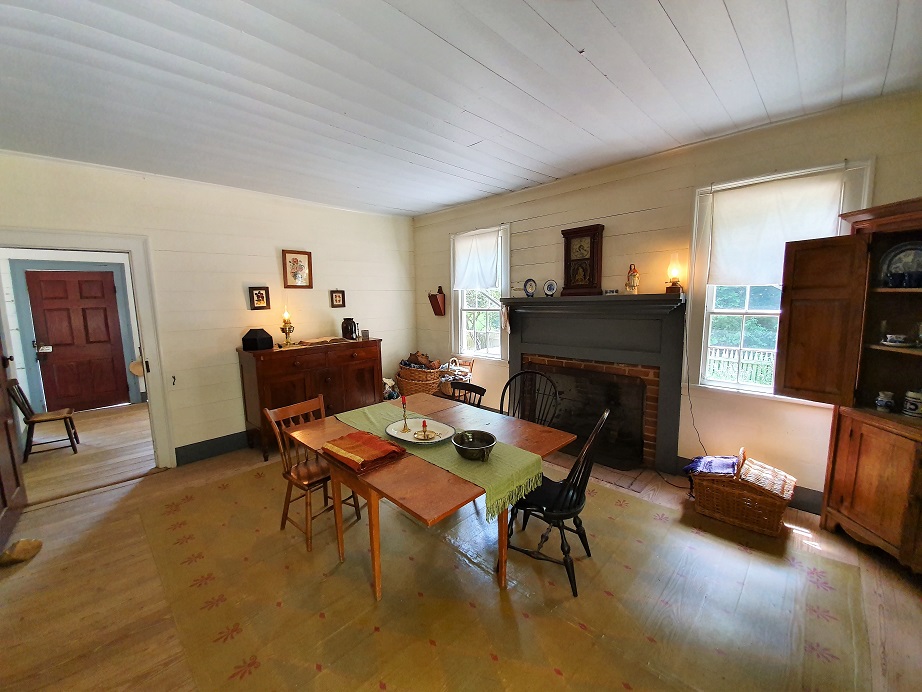 It is also possible to enter one of the slave cabins, showing what daily of life was like in 19th and early 20th century. 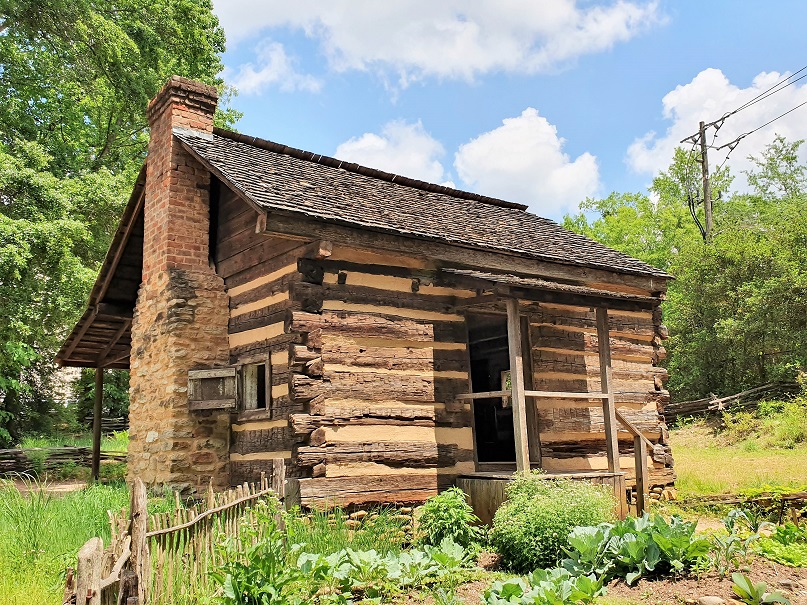 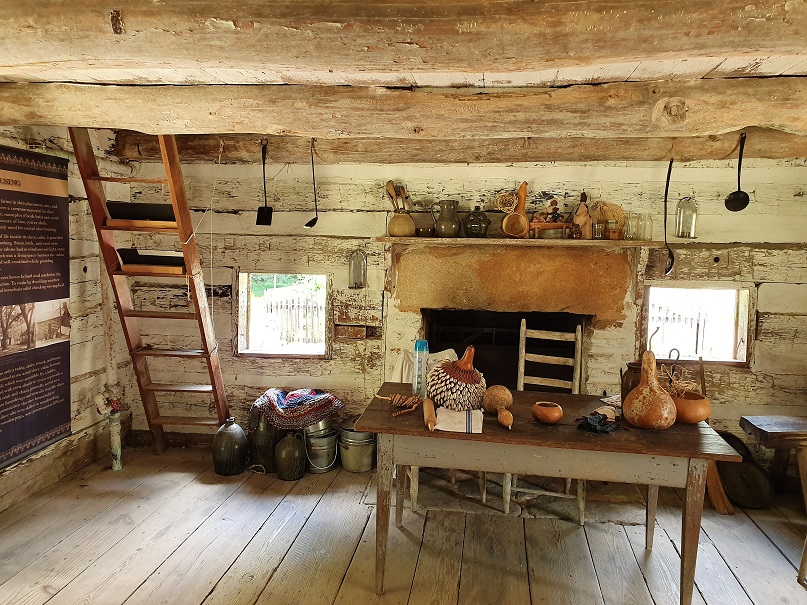
|
|
|||||
|
|
|||||||
All Photographs were taken by and are copyright of Ron Gatepain
| Site Map |